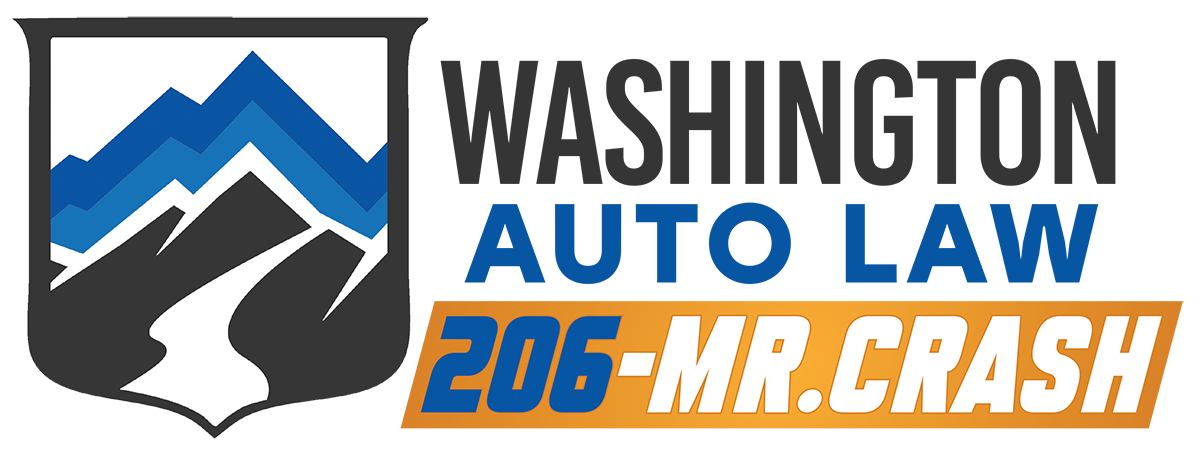Table of Contents
- Why Left-Turn Motorcycle Accidents Are So Dangerous
- Common Causes of Left-Turn Motorcycle Accidents
- Legal Considerations in Washington State
- Steps to Take After a Left-Turn Motorcycle Accident
- Preventative Measures for Motorcyclists
- Conclusion
Left-turn motorcycle accidents are among the most dangerous and common types of collisions involving motorcyclists. These accidents often occur when a vehicle turns left in front of an oncoming motorcycle, leading to severe injuries or fatalities for the rider. In Washington state, understanding the risks, causes, and legal implications of these accidents is crucial for motorcyclists seeking justice and compensation.
Why Left-Turn Motorcycle Accidents Are So Dangerous
Left-turn accidents pose a significant threat to motorcyclists due to several factors:
- Visibility Issues: Motorcycles have a smaller profile compared to other vehicles, making them less visible to drivers, especially when turning left across traffic.
- Speed Misjudgment: Drivers often misjudge the speed of an approaching motorcycle, leading them to believe they have enough time to complete a left turn safely.
- Driver Inattention: Distracted or inattentive drivers may fail to notice an oncoming motorcycle, resulting in a collision during a left turn.
According to the National Highway Traffic Safety Administration (NHTSA), 42% of fatal motorcycle crashes involving another vehicle occur when a vehicle turns left while the motorcycle is going straight, passing, or overtaking the vehicle.
Common Causes of Left-Turn Motorcycle Accidents
Several factors contribute to the high incidence of left-turn motorcycle accidents:
- Failure to Yield: Drivers may fail to yield the right-of-way to oncoming motorcycles when making a left turn, leading to collisions.
- Obstructed Views: Obstacles such as parked vehicles, trees, or signage can obstruct a driver’s view, preventing them from seeing an approaching motorcycle.
- Impaired or Distracted Driving: Drivers under the influence of alcohol or drugs, or those distracted by mobile devices, are more likely to make unsafe left turns.
- Aggressive Driving: Some drivers may attempt to “beat” an oncoming motorcycle through an intersection, underestimating the motorcycle’s speed and resulting in a crash.
Legal Considerations in Washington State
In Washington, determining liability in a left-turn motorcycle accident involves assessing the actions of both the motorcyclist and the driver:
- Right-of-Way Laws: Under Washington law, a vehicle turning left must yield the right-of-way to any vehicle approaching from the opposite direction that is close enough to constitute an immediate hazard.
- Comparative Negligence: Washington follows a comparative negligence system, meaning that if both parties are found to be partially at fault, compensation may be adjusted based on each party’s degree of fault.
- Statute of Limitations: In Washington, motorcyclists have three years from the date of the accident to file a personal injury claim.
Steps to Take After a Left-Turn Motorcycle Accident
If you’re involved in a left-turn motorcycle accident, it’s essential to take the following steps:
- Seek Medical Attention: Even if injuries seem minor, get evaluated by a medical professional to document any injuries sustained.
- Report the Accident: Contact law enforcement to file an official accident report, which can be crucial for insurance and legal purposes.
- Gather Evidence: Collect contact information from witnesses, take photographs of the accident scene, and obtain the other driver’s insurance details.
- Consult an Attorney: Engage a personal injury attorney experienced in motorcycle accidents to guide you through the legal process and help secure fair compensation.
Preventative Measures for Motorcyclists

While not all accidents are avoidable, motorcyclists can take precautions to reduce the risk of left-turn collisions:
- Increase Visibility: Wear bright or reflective clothing and use headlights during the day to enhance visibility to other drivers.
- Defensive Riding: Anticipate potential hazards, especially at intersections, and be prepared to take evasive action if necessary.
- Avoid Blind Spots: Position yourself in a lane where you’re most visible to other drivers, avoiding areas where you might be hidden from view.
- Adhere to Speed Limits: Maintain appropriate speeds to allow sufficient reaction time for both you and other drivers.
Conclusion
Left-turn motorcycle accidents are a significant concern in Washington state, often resulting in severe injuries or fatalities for motorcyclists. Understanding the causes, legal implications, and preventative measures is crucial for riders seeking to protect themselves and pursue rightful compensation after an accident.
If you or a loved one has been involved in a left-turn motorcycle accident, don’t navigate the aftermath alone. Contact Washington Auto Law at 206-497-4357 today or schedule a free consultation online. Our experienced attorneys are dedicated to advocating for motorcyclists’ rights and securing the compensation you deserve.
